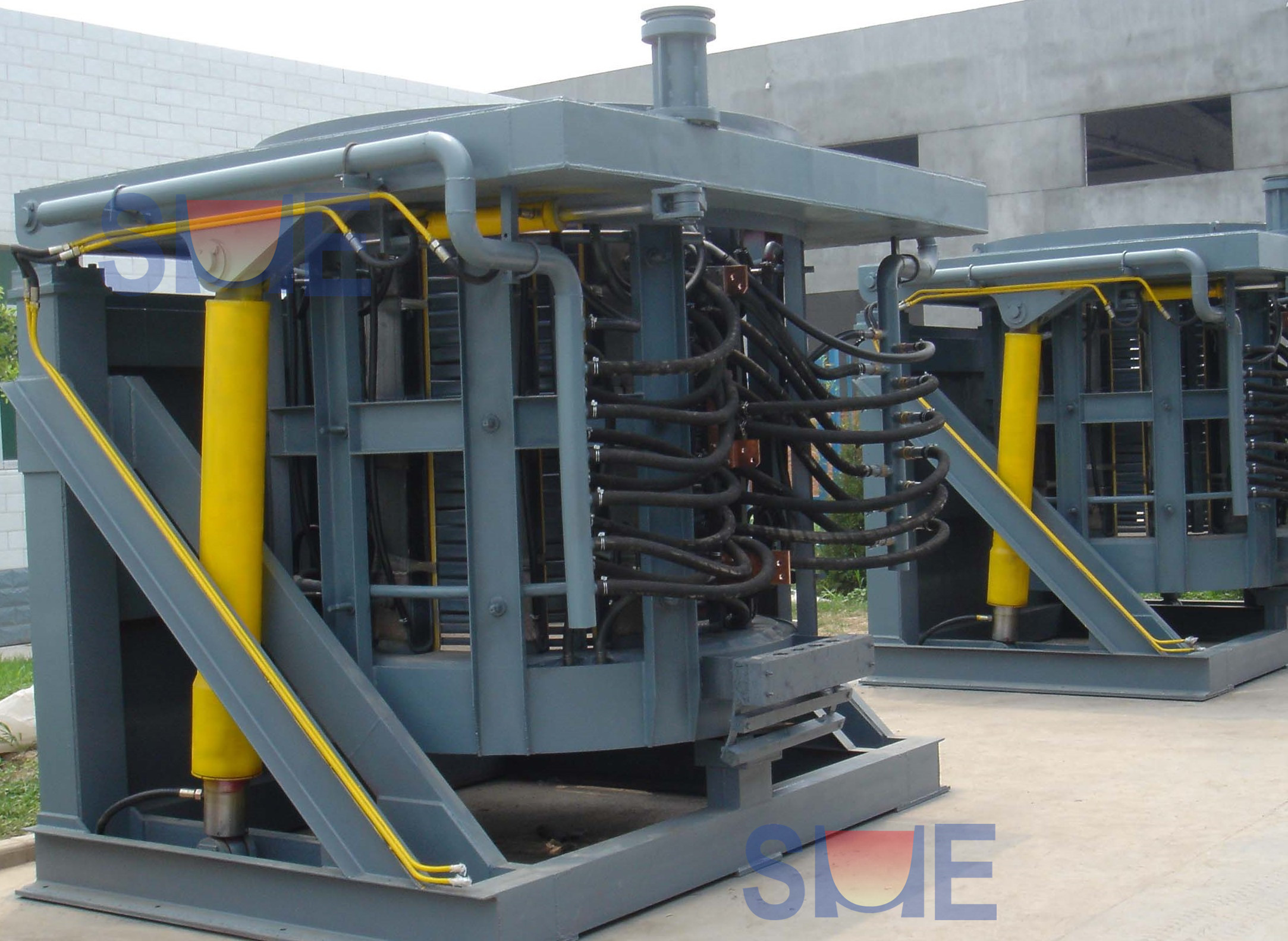In practical melting process, these two kinds of furnaces have its advantages and disadvantages.

IF has higher thermal efficiency and can quickly heat the charging materials; for EAF, a great amount of arc heat is lost through the cover and furnace wall.
As there is no effect of super high temperature from electric arc, there is less oxidation burn-out of elements for steelmaking by the IF.
The composition and temperature of molten steel during IF steelmaking is more uniform.
During EAF steelmaking, the temperature of slag is higher than that of molten steel and can easily participate in metallurgical reaction. While during IF steelmaking, slag is heated by molten steel, low temperature slag difficultly participates in metallurgical reaction. In conclusion, the EAF steelmaking gets good effect on desulfurization, dephosphorization and diffusion deoxidation than that of the IF.
There are many limitations to charging material of the IF due to its metallurgical reaction capacity is weak, so the scrap should be charged without rust, less greasy dirt and with proper size. EAF has better adaptability to furnace charge than the former accordingly.
The output of the IF is roughly 70% of the EAF under the same capacity of furnace.
The EAF steelmaking process can easily control the pace of production with continuous casting machine, that is more difficulty for the the IF.
EAF unit needs to match air separation device and SVC reactive power compensation system, and the investment is higher than that of the IF system. In addition, the service life of the IF is shorter than the later.